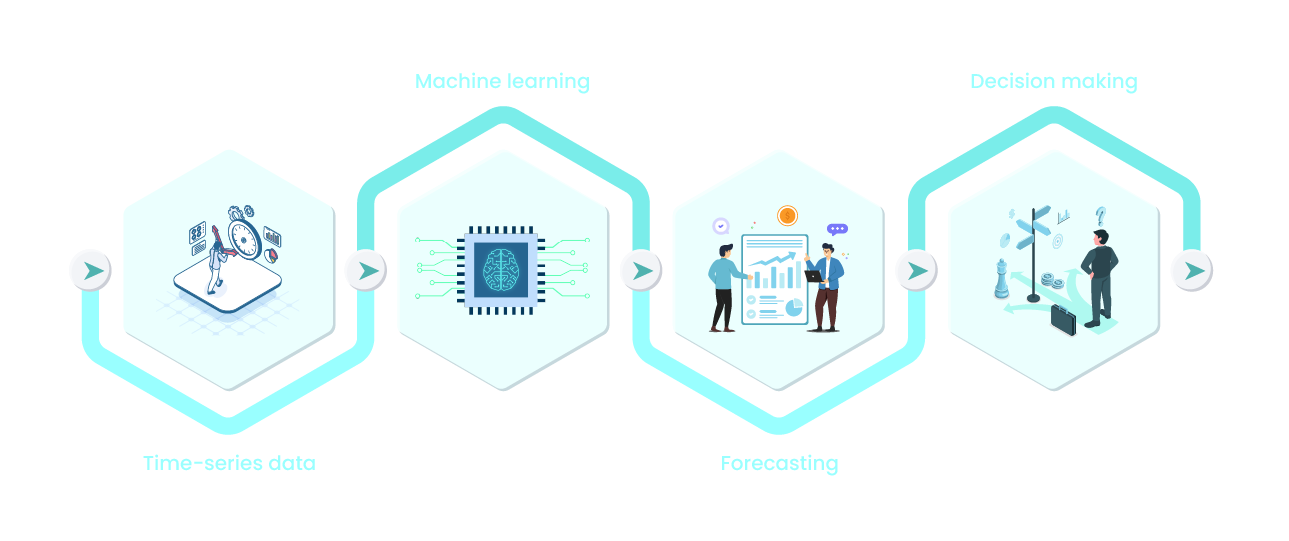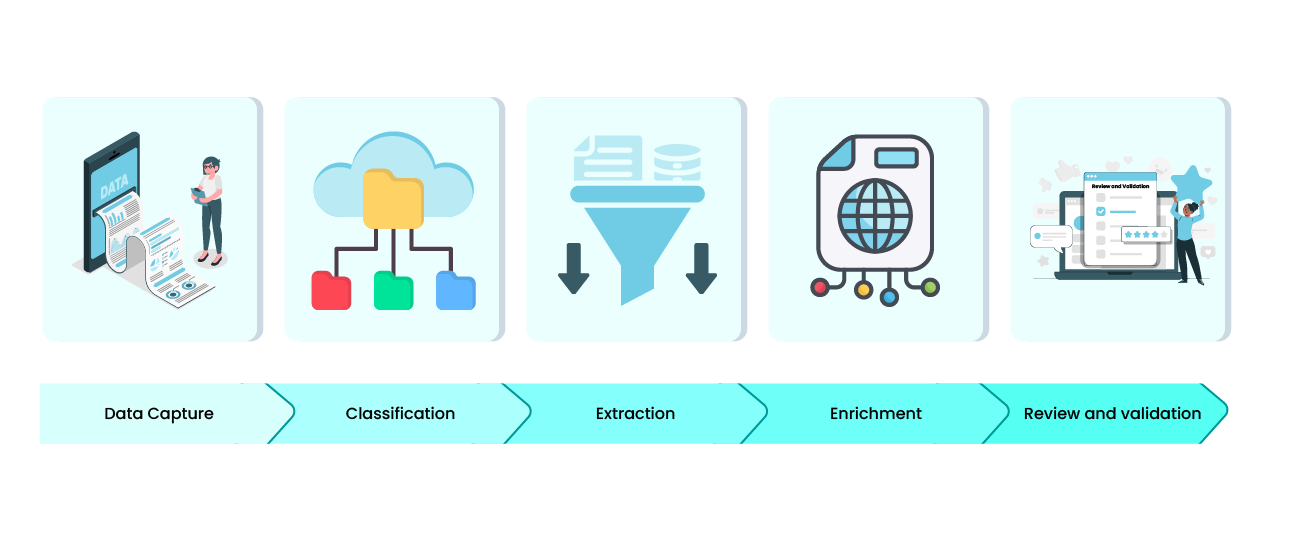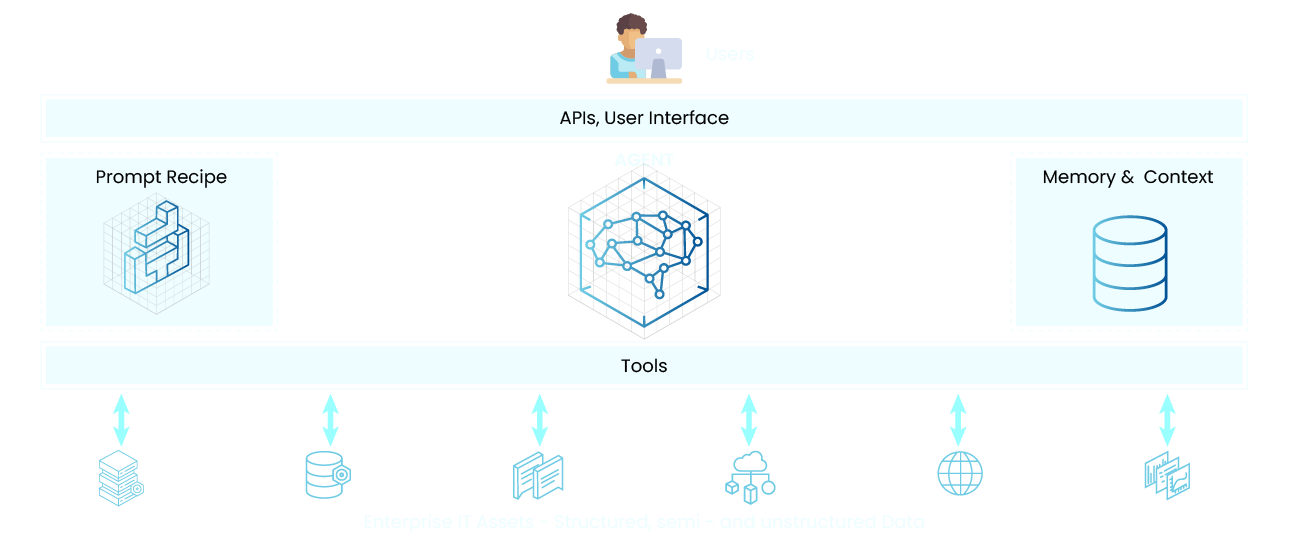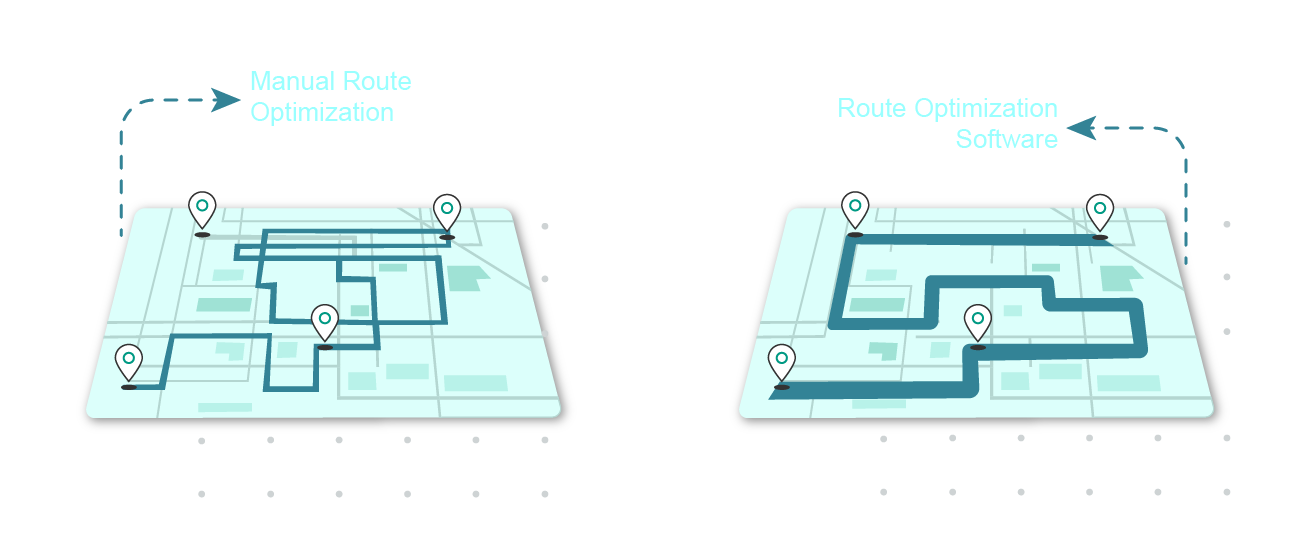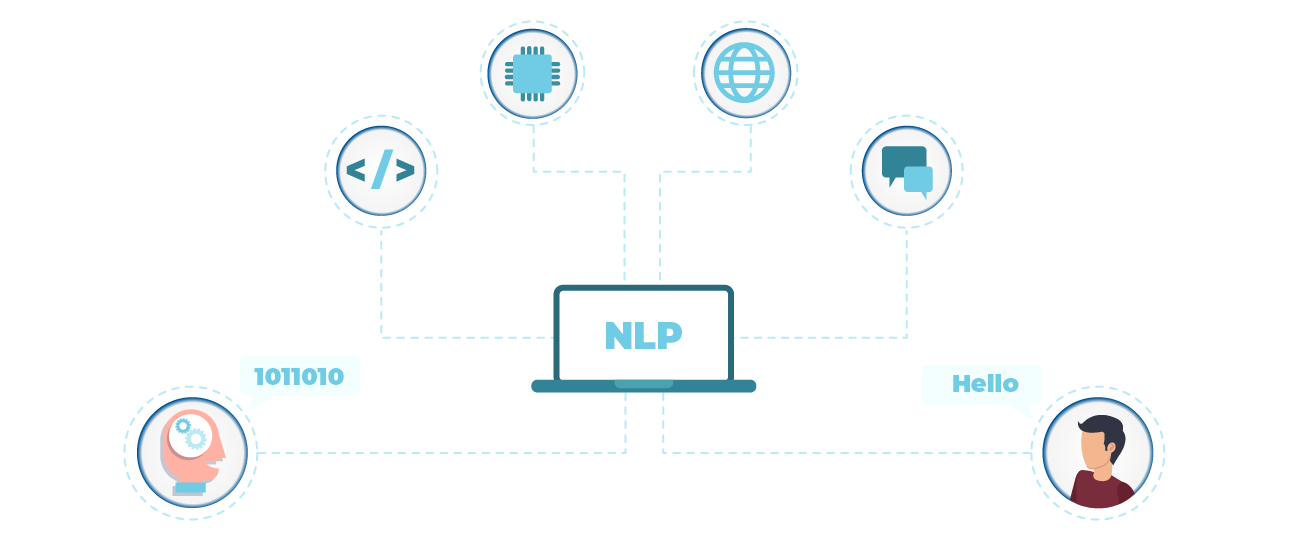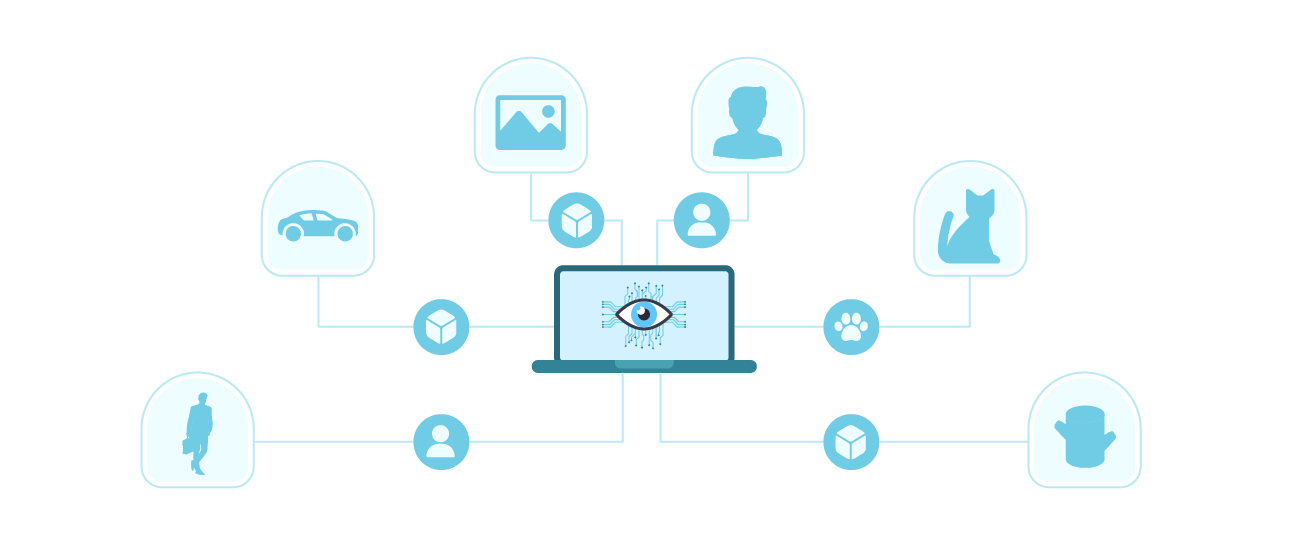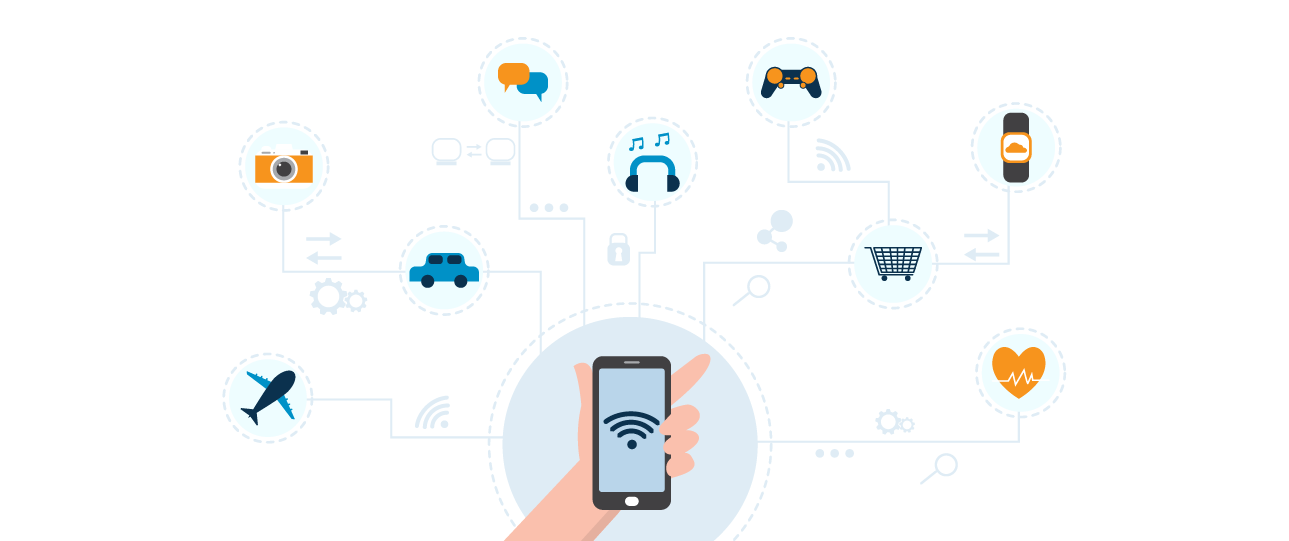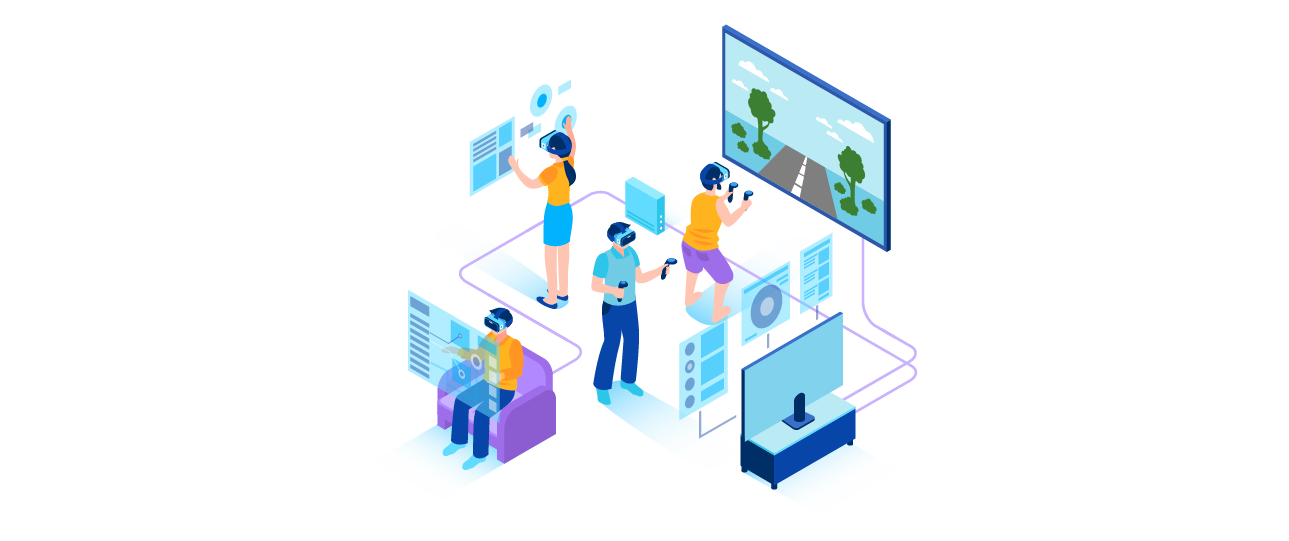Machine Learning Forecasting: Predicting the Future with Data
In today's dynamic business environment, accurate forecasting is no longer a luxury, but a necessity. From predicting sales and demand to anticipating market trends and financial fluctuations, the ability to foresee future outcomes provides a significant competitive advantage. Traditional forecasting methods, often reliant on statistical models and historical data, are increasingly being replaced by sophisticated machine learning (ML) techniques, offering greater accuracy and adaptability.
Machine learning forecasting leverages algorithms that can learn from complex datasets and identify intricate patterns that traditional methods might miss. These algorithms can process vast amounts of data, including historical trends, seasonal variations, external factors, and even real-time information, to generate highly accurate predictions. This adaptability makes ML forecasting particularly valuable in industries with volatile demand, complex supply chains, or rapidly changing market conditions.
One of the key advantages of ML forecasting is its ability to handle non-linear relationships within data. Unlike traditional linear models, ML algorithms can capture complex dependencies and interactions between variables, leading to more accurate predictions. For example, in retail, ML models can consider factors like weather patterns, social media trends, and promotional campaigns to predict sales with greater precision.
Moreover, ML forecasting can adapt to changing circumstances and learn from new data. As new information becomes available, the models can automatically update their predictions, ensuring that forecasts remain relevant and accurate. This real-time adaptability is crucial for businesses operating in fast-paced environments where market conditions can shift rapidly.
Several ML algorithms are commonly used for forecasting, including time series models like ARIMA and Prophet, as well as more advanced techniques like recurrent neural networks (RNNs) and long short-term memory (LSTM) networks. These deep learning models excel at capturing long-term dependencies in time series data, making them particularly effective for forecasting complex patterns and trends.
The application of ML forecasting extends across various industries. In supply chain management, it can optimize inventory levels, predict demand fluctuations, and minimize disruptions. In finance, it can forecast stock prices, assess credit risk, and predict market trends. In energy, it can predict electricity demand, optimize renewable energy generation, and forecast energy prices.
However, implementing ML forecasting requires careful consideration of data quality and model selection. The accuracy of ML models depends heavily on the quality and quantity of training data. Businesses must ensure that their data is clean, accurate, and representative of the patterns they are trying to predict. Additionally, selecting the appropriate ML algorithm for a specific forecasting task is crucial.
Furthermore, it's vital to remember that ML forecasting is not a crystal ball. Predictions are inherently probabilistic, and there will always be a degree of uncertainty. Therefore, it's essential to use ML forecasts as a tool to inform decision-making, rather than relying on them as absolute truths.
The future of forecasting lies in the continued development and refinement of ML techniques. As ML algorithms become more sophisticated and data availability increases, businesses will be able to generate even more accurate and insightful predictions. By embracing ML forecasting, organizations can gain a significant competitive advantage, make better-informed decisions, and navigate the complexities of the modern business world with greater confidence.
